- Have any questions?
- +86-189 8930 5995
- sales@mosinterchem.com.cn
Ferric chloride hex hydrate CAS 10025-77-1

Bromocresol Green CAS 76-60-8
21/12/2018
Sudan II CAS 3118-97-6
21/12/2018| Model: | MOS 10025-77-1 |
| Brand Name: | MOSINTER |
| CAS No.: | 10025-77-1 |
| Merck: | 14,4019 |
| Molecular formula: | H12Cl3FeO6 |
| Purity %: | ≥99.0 |
| Molecular weight: | 270.2962 |
| Density: | 1.82 g/cm3 |
| Melting point: | 37℃ |
| Boiling point: | 280 °C |
| Solubility in water: | 92 g/100 mL |
Ferric chloride hex hydrate (CAS: 10025-77-1)
| Item | Index |
| Appearance | Orange crystals |
| Purity %≥ | 99.0 |
| Phosphate (PO4) %≤ | 0.01 |
| Nitrate (NO3) %≤ | 0.01 |
| Sulfate (SO4) %≤ | 0.01 |
| Ammonia does not precipitate
(as sulfate) %≤ |
0.1 |
| Water insoluble %≤ | 0.01 |
| Manganese (Mn) %≤ | 0.02 |
| Copper (Cu) %≤ | 0.005 |
| Zinc (Zn) %≤ | 0.003 |
| Arsenic (As) %≤ | 0.002 |
| Iron (Fe) %≤ | 0.002 |
| Free acid (HCl) %≤ | 0.1 |
Basic Information
Ferric chloride hexahydrate is a kind of orange crystal .
Nomenclature
The descriptor hydrated or anhydrous is used when referring to iron(III) chloride, to distinguish between
the two common forms. The hexahydrate is usually given as the simplified empirical formula FeCl3⋅6H2O.
It may also be given as trans-[Fe(H2O)4Cl2]Cl⋅2H2O and the systematic name tetraaquadichloroiron(III)
chloride dihydrate, which more clearly represents its structure.
Reactions
A brown, acidic solution of iron(III) chloride
Iron(III) chloride undergoes hydrolysis to give an acidic solution. When heated with iron(III) oxide at 350 °C,
iron(III) chloride gives iron oxychloride, a layered solid and intercalation host.[citation needed]
FeCl3 + Fe2O3 → 3 FeOCl
It is a moderately strong Lewis acid, forming adducts with Lewis bases such as triphenylphosphine oxide, e.g.
FeCl3(OPPh3)2 where Ph = phenyl. It also reacts with other chloride salts to give the yellow tetrahedral FeCl4− ion.
Salts of FeCl4− in hydrochloric acid can be extracted into diethyl ether.
Alkali metal alkoxides react to give the metal alkoxide complexes of varying complexity. The compounds can be
dimeric or trimeric.[10] In the solid phase a variety of multinuclear complexes have been described for the nominal
stoichiometric reaction between FeCl3 and sodium ethoxide:
FeCl3 + 3 [C2H5O]−Na+ → Fe(OC2H5)3 + 3 NaCl
Oxalates react rapidly with aqueous iron(III) chloride to give [Fe(C2O4)3]3−. Other carboxylate salts form
complexes, e.g. citrate and tartrate.
You must be logged in to post a review.

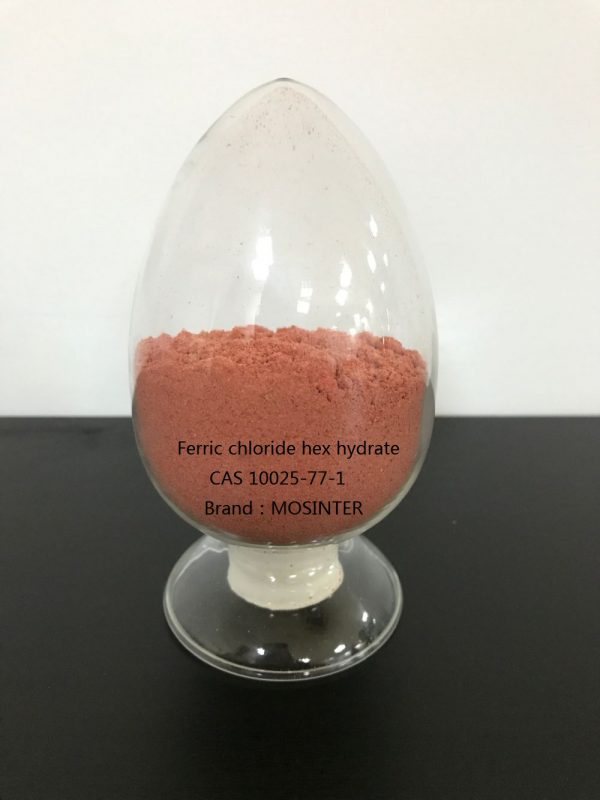
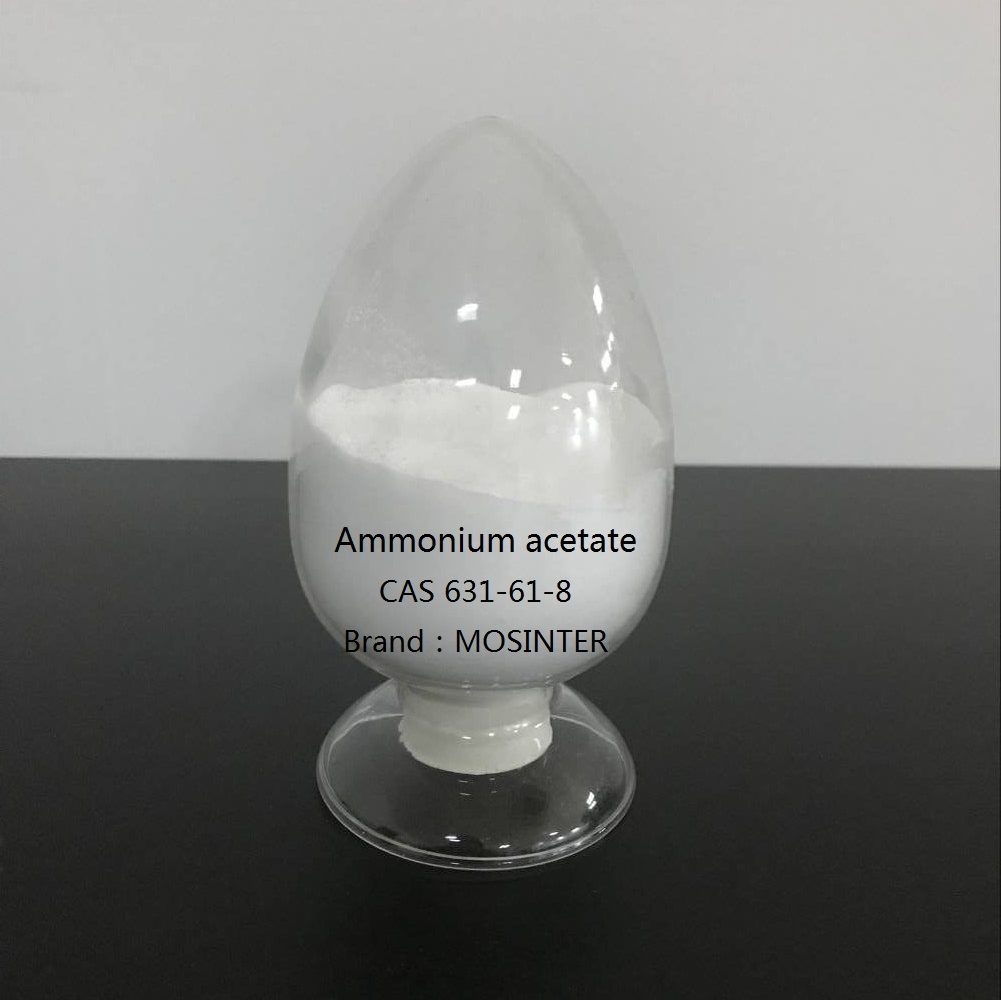
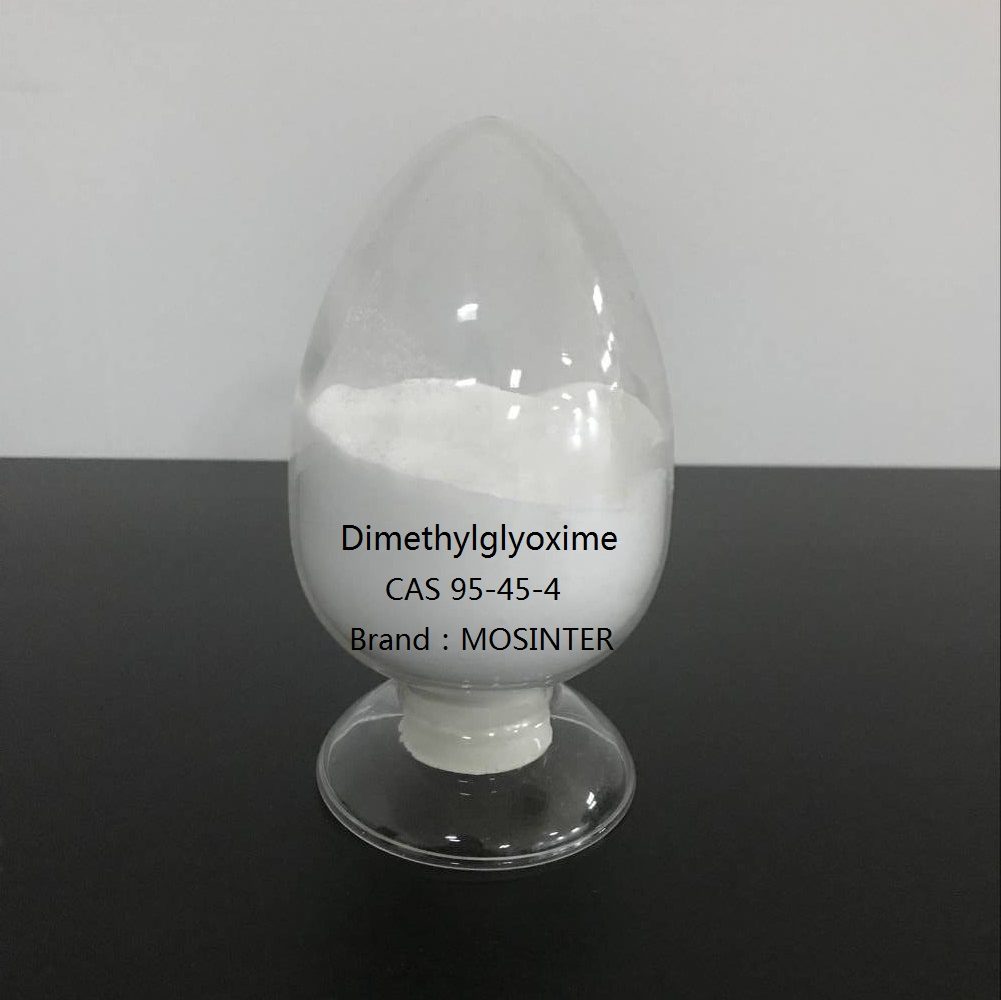
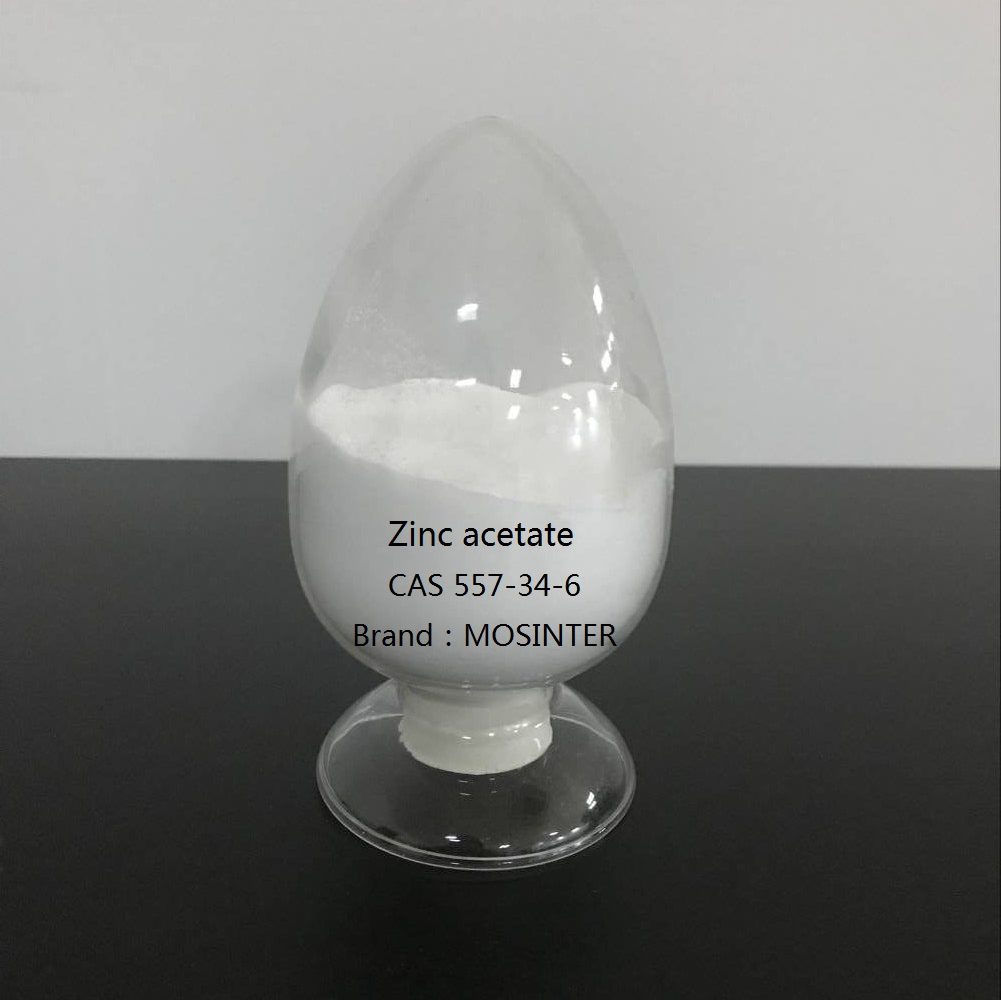
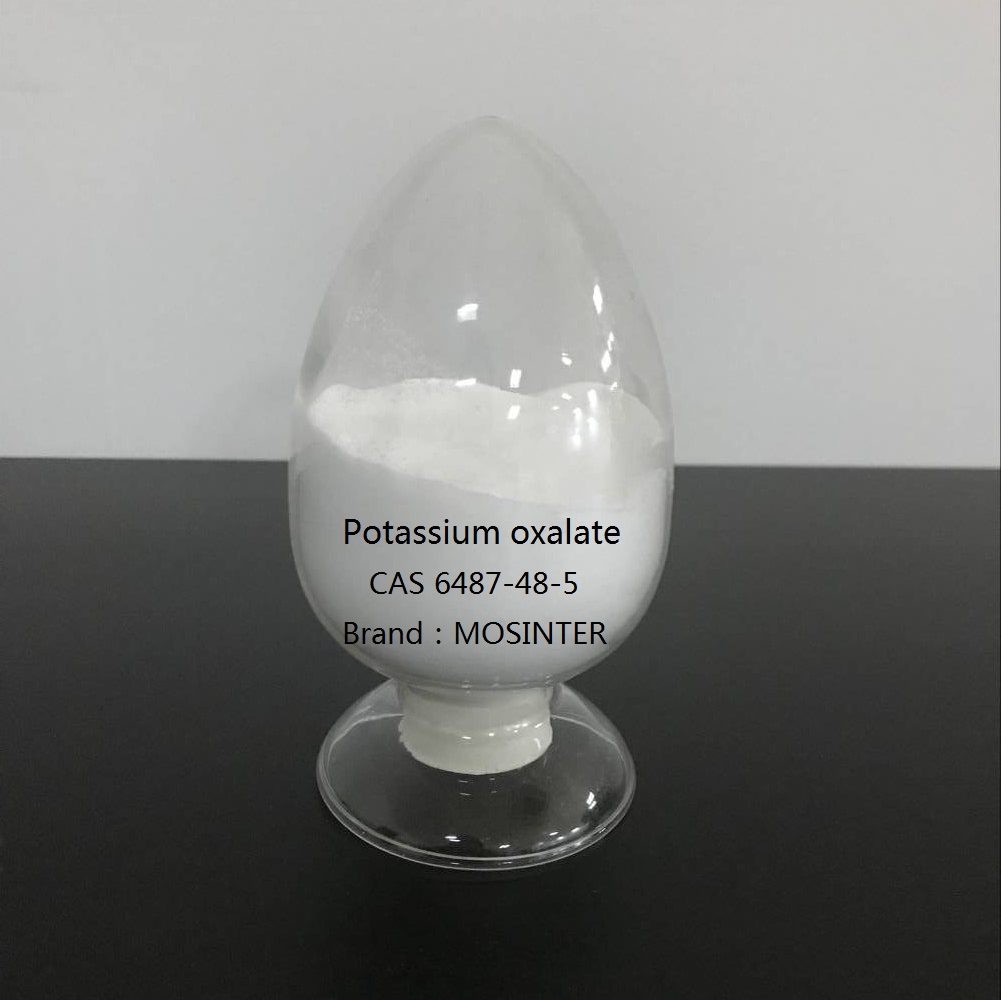
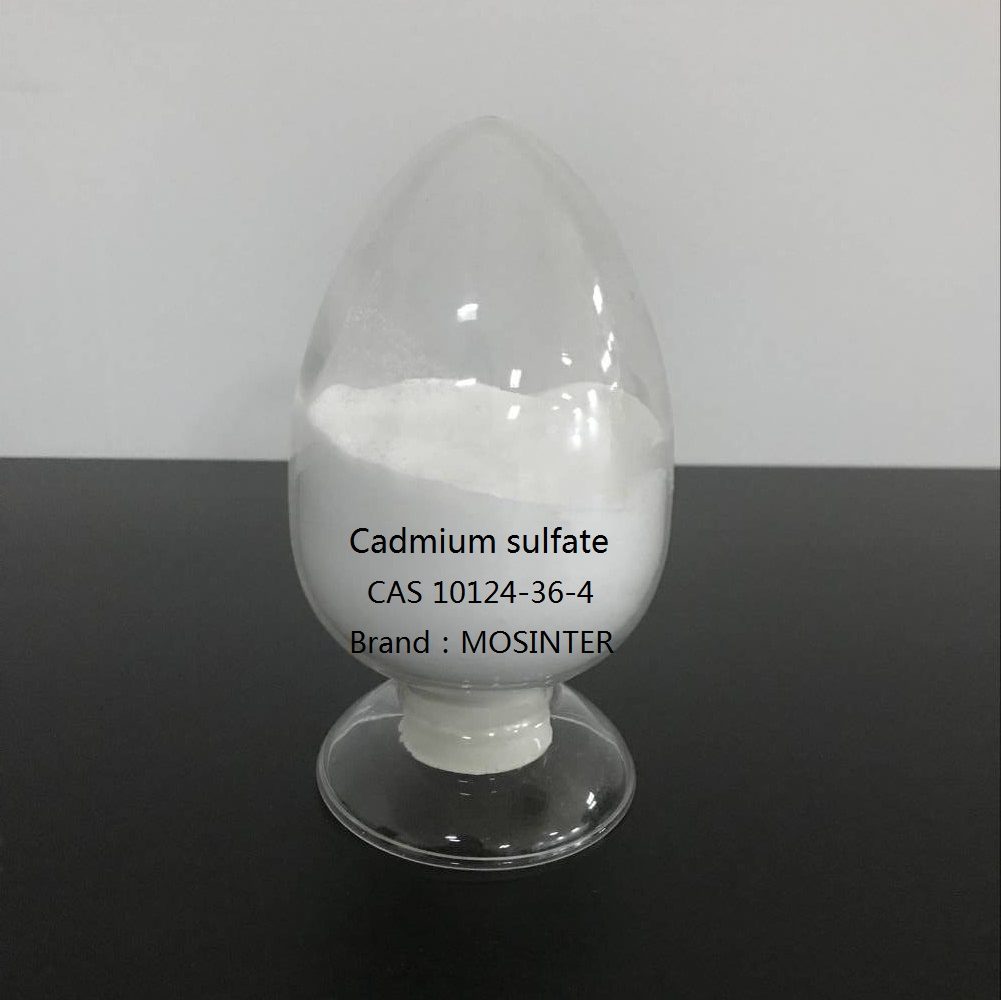
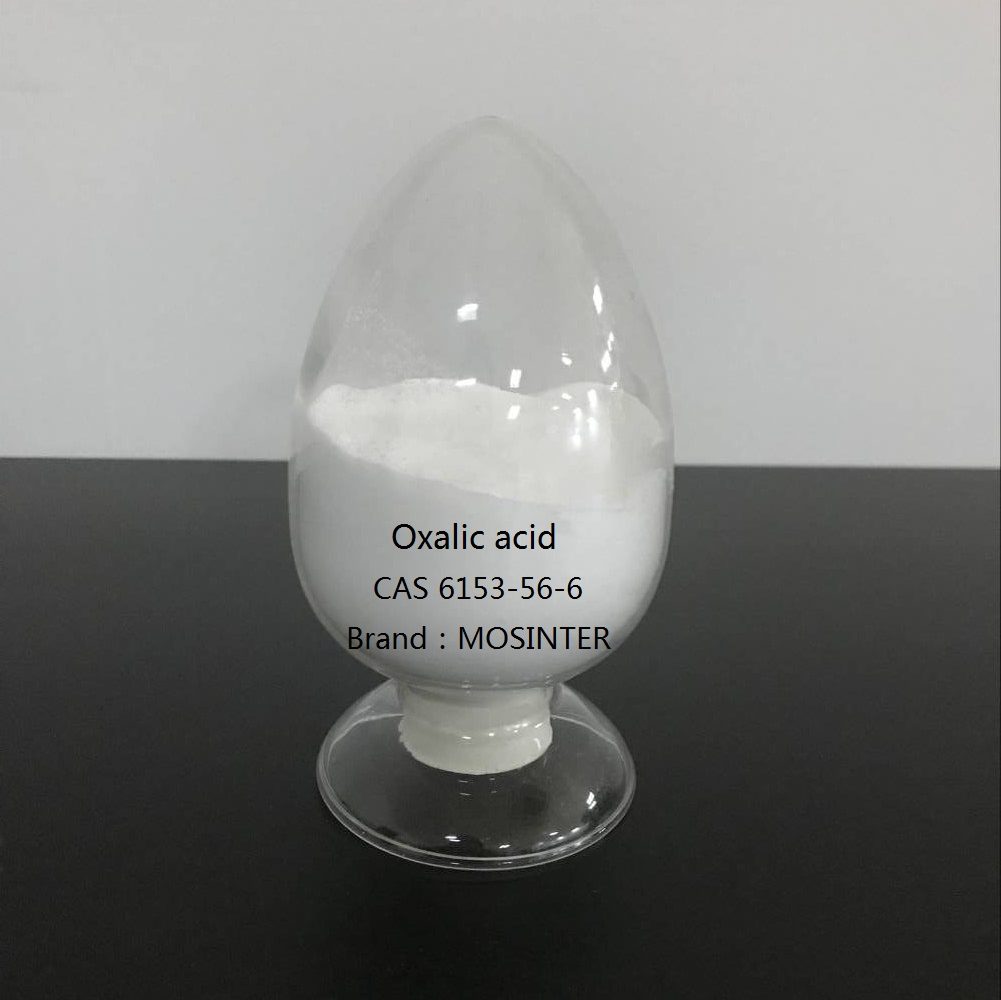
Reviews
There are no reviews yet.